Farmed animal welfare issues in Canada – who they are & and how they’re treated
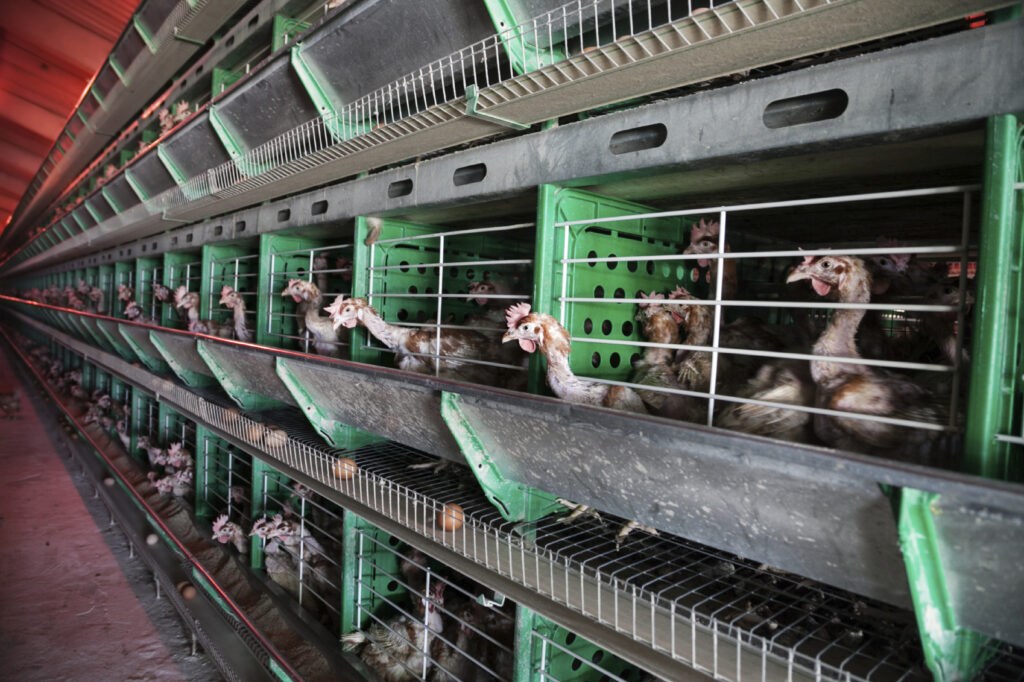
Today, for the Vancouver Humane Society’s PlantUniversity platform, we’re going to explore the issue of farmed animal welfare in Canada. Animal welfare refers to an animal’s well-being, both physically and mentally.
In Part 1 of this series, we’ll learn more about who farmed animals are and how they are treated in the animal agriculture system in Canada. This topic may be upsetting, so please consider taking some time for self care after viewing.
More than 830 million land animals are raised and killed for food in Canada every year. The sheer number of farmed animals raised, along with the standard harmful practices they face on a daily basis, makes the treatment of farmed animals one of the most pressing topics to learn about and work towards improving animal protection.
This number of animals is only an estimate as it doesn’t include aquatic animals, who are typically measured by weight instead of individual lives. It also doesn’t include those who are treated as by-products, such as male chicks who are deemed to be of no value to the egg industry because they don’t lay eggs, and as a result are killed soon after hatching.
But who are these animals? Most people don’t have a lot of experience around farmed animals, but the truth is they are very similar to the dogs, cats and other companion animals we open our homes and hearts to.
They have distinct, individual personalities and a variety of interests. They can form strong bonds with other animals and are curious and enjoy exploring the world around them.
For example, chickens are intelligent animals, with research showing they can understand basic math and can count. They’re also capable of experiencing a wide range of emotions and can show empathy for others.
Cows are socially complex animals. Studies show they rely on each other for comfort and have strong social bonds, especially between mothers and their calves. Mothers will protect their young in unfamiliar situations and both will show signs of significant distress when separated from each other.
Pigs are sensitive animals, who are aware of the emotions of other individuals. They have an excellent memory and can anticipate future experiences. They’re also incredibly playful and can learn games quickly and engage in play behaviours similar to what we see in dogs.
Farmed animals are thinking, feeling beings. But the industrialized animal agriculture system treats them like products.
Today, the animal agriculture industry is characterized by large numbers of animals who are kept in cramped and barren conditions, unable to behave naturally or socially.
For example, egg farms often have tens of thousands of animals. The vast majority of egg farms in Canada keep hens confined to cages where each hen typically has less space than a standard sheet of paper. Unsurprisingly, this leads to significant frustration among the hens, who act out by plucking at each other’s feathers.
In addition to the unnatural living conditions, farmed animals will also experience stressful and painful practices that are considered standard on farms, such as de-beaking, or the removal of part of a hen’s beak to try and prevent them from pecking at and injuring each other. Farmed animals often experience rough handling and the use of electric prods to make them move. They may also be subject to inhumane methods of euthanasia, should they become injured or ill while on the farm.
Transport journeys are also very stressful for farmed animals. Loading of animals onto transport trucks often leads to injuries, including broken limbs.
For example, approximately 20% of caged egg-laying hens experience broken bones during the loading and transport process. The length of transport journeys is also a concern, with some species being transported for up to 72 hours straight, without food, water or rest, which is much longer than what’s permitted in Europe or the U.S.
Farmed animals are often transported in all weather conditions, without adequate protection from extreme heat and cold. Reports of pigs seen suffering from dehydration, on transport trucks during the summer heat, has sadly become all too common across Canada.
By the government’s own estimates, 14 million animals suffer injuries and 1.6 million die during transport journeys every year.
It goes without saying that slaughter is inherently stressful for farmed animals – from frightening sights, smells and sounds; to rough handling and fast-paced slaughter lines that put both animals, and workers at risk of injury. This creates the potential for inhumane slaughter practices. There are many animal welfare concerns at this stage.
For example, chickens are most commonly slaughtered by being hung upside down by their legs on an assembly line, before being moved through an electrically-charged bath intended to stun them and render them unconscious before being killed. This fast-paced process, during which upwards of 175 or more birds are slaughtered per minute, can easily lead to failed stunning and significant suffering as a result.
Now that you’ve learned a bit more about who farmed animals really are and how they are treated under today’s animal agriculture system, we encourage you to take good care of yourself as you process all of this information. When you’re ready, you can check out part 2 of this series, which will explore the laws related to farmed animal welfare in Canada. Part 3 will outline actions we can take to help protect farmed animals and create change.
If you found this video helpful, please consider sharing it.
And don’t forget to subscribe to the Vancouver Humane Society’s PlantUniversity platform and email list to stay up to date on new content and to help animals!
Learn more:
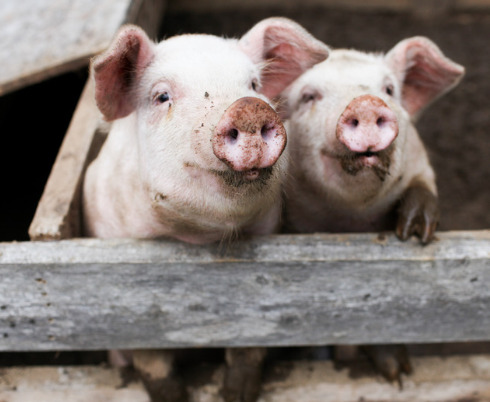
Learn ABOUT animal welfare laws in canada
Farmed Animal Welfare Issues in Canada – Part 2
Learn about the laws in Canada and how they fall short, as well as how they can be improved.

LEARN HOW TO TAKE ACTION FOR farmed ANIMALS
Farmed Animal Welfare Issues in Canada – Part 3
Learn about actions we can take to help protect farmed animals and create change.

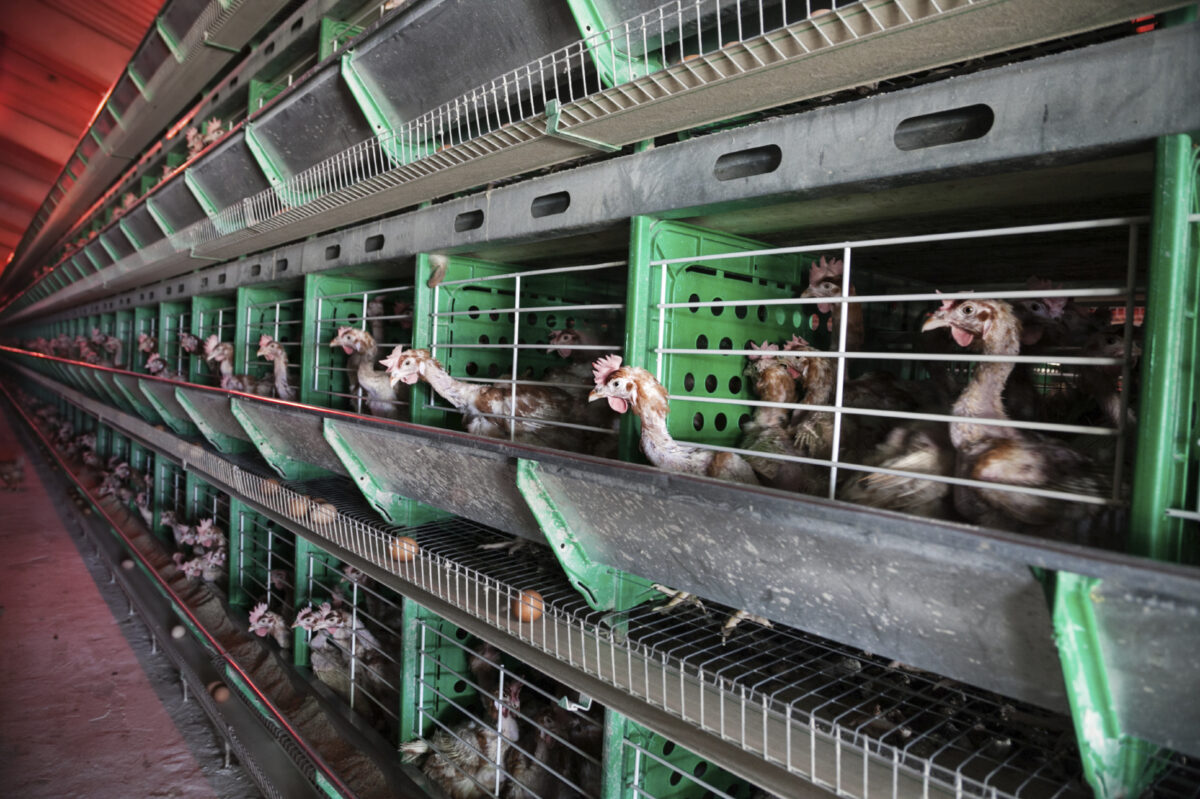
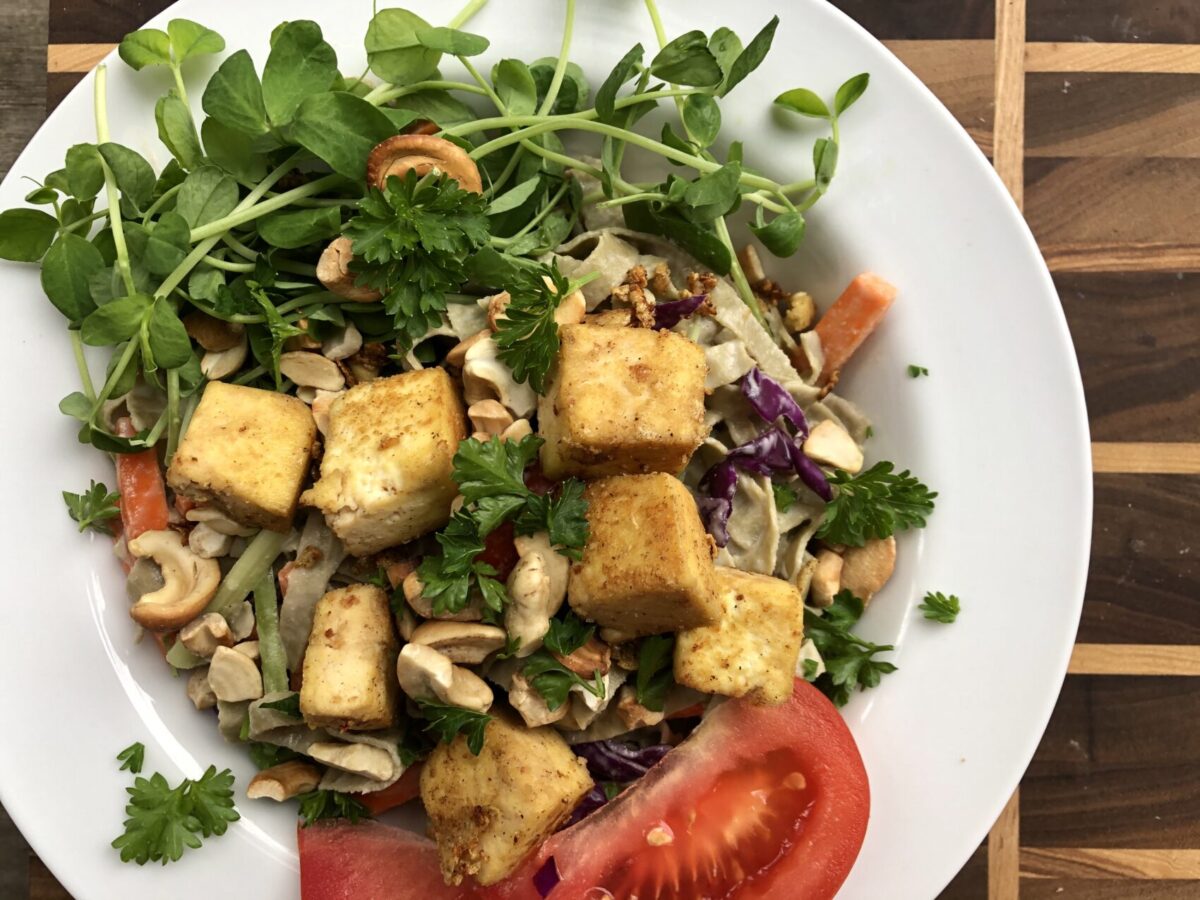
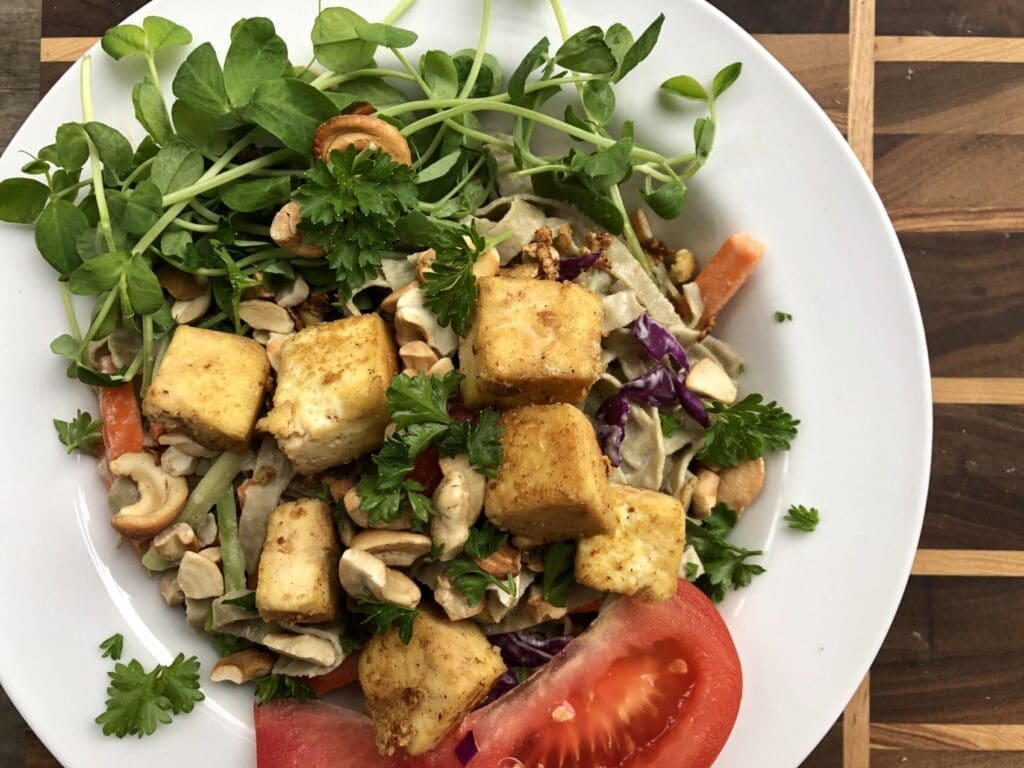
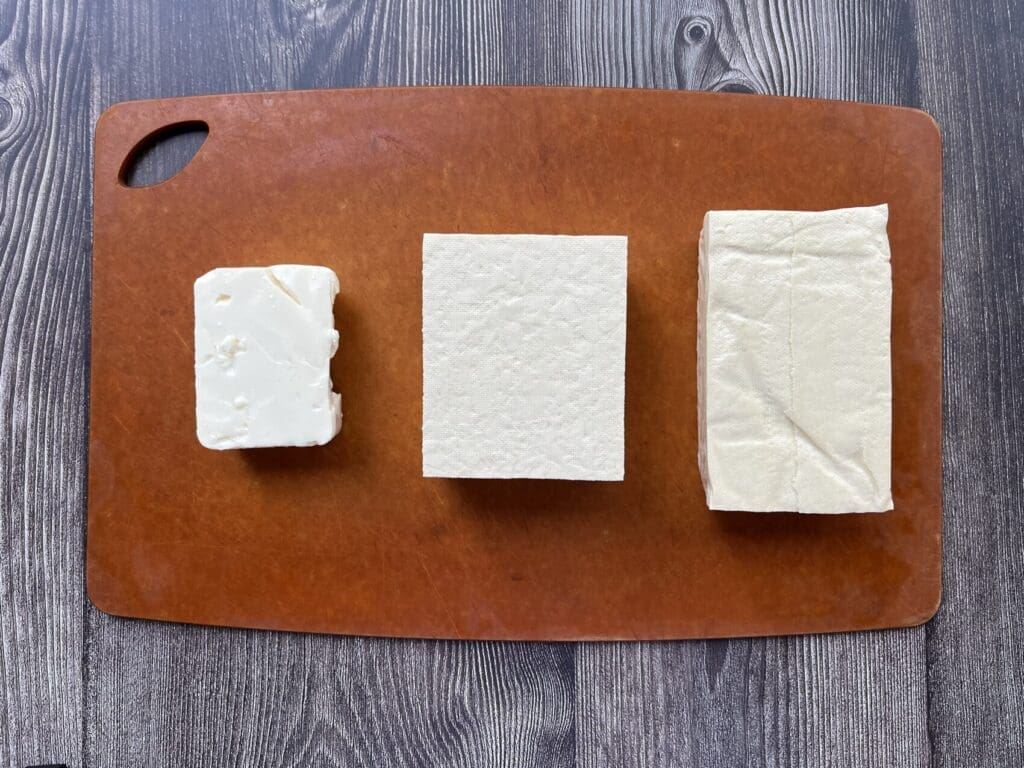
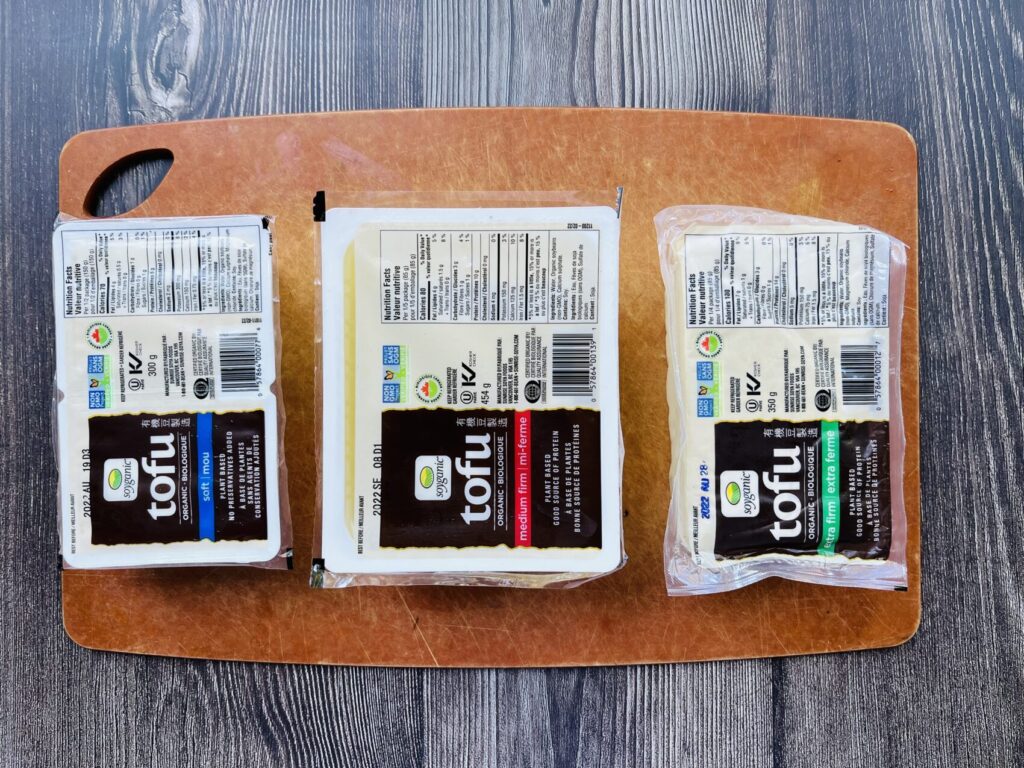


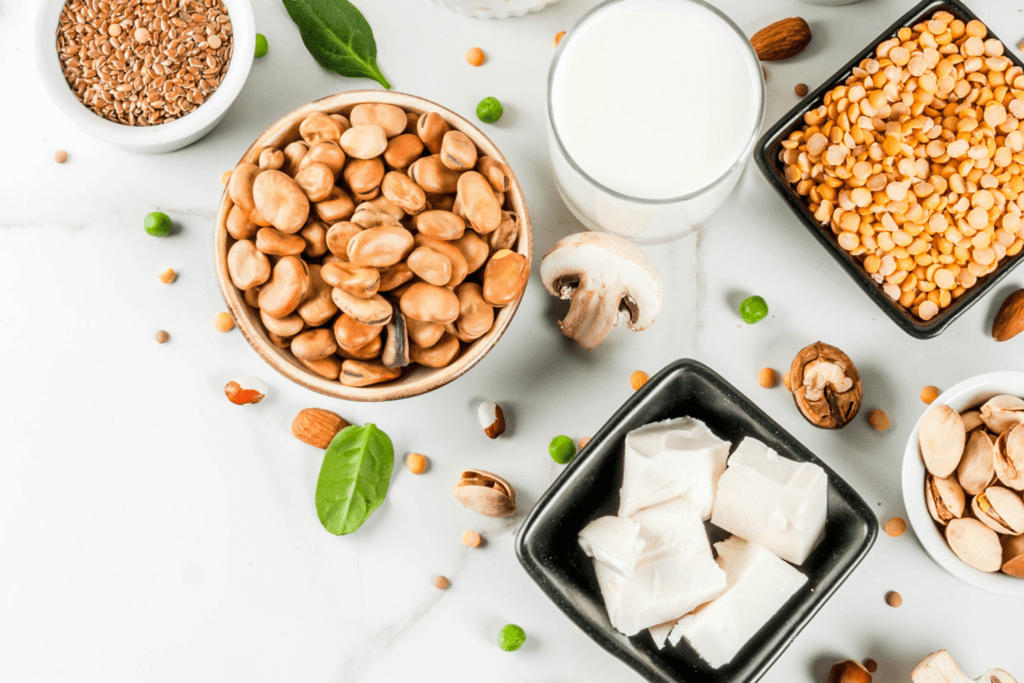
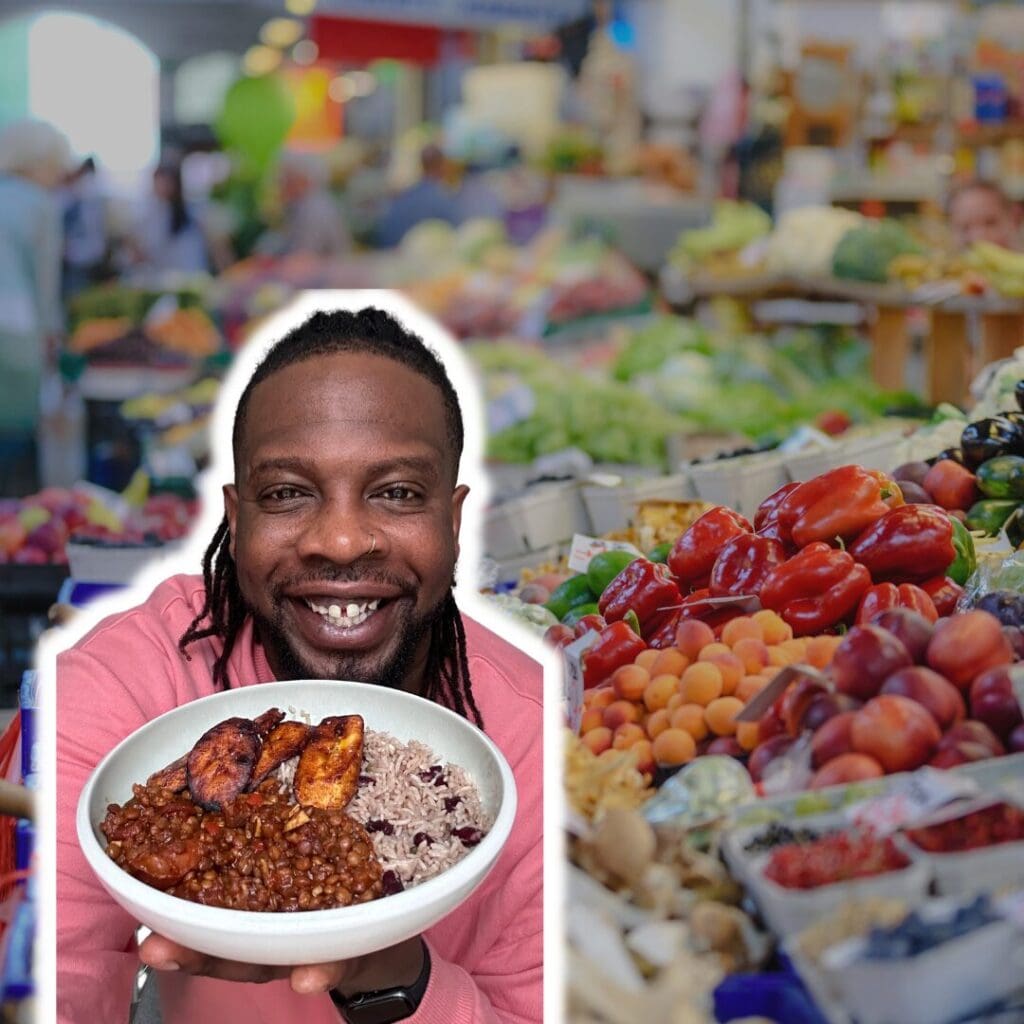

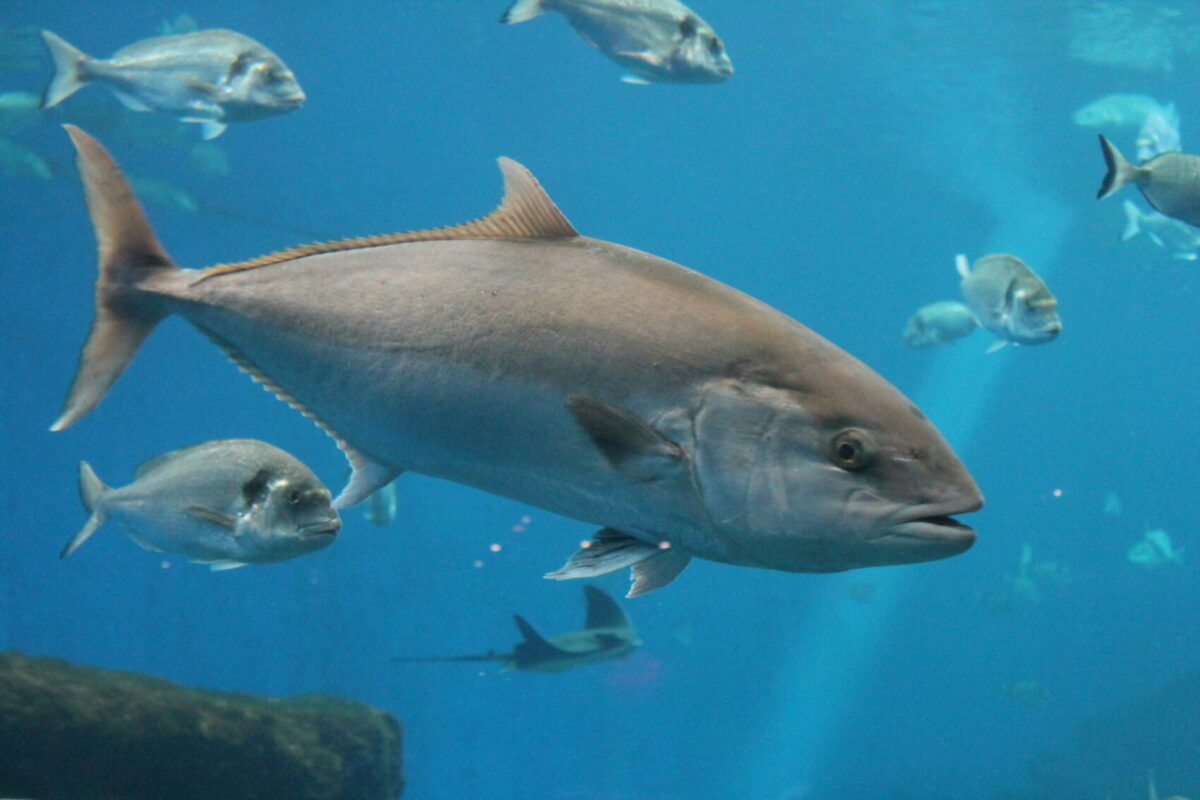
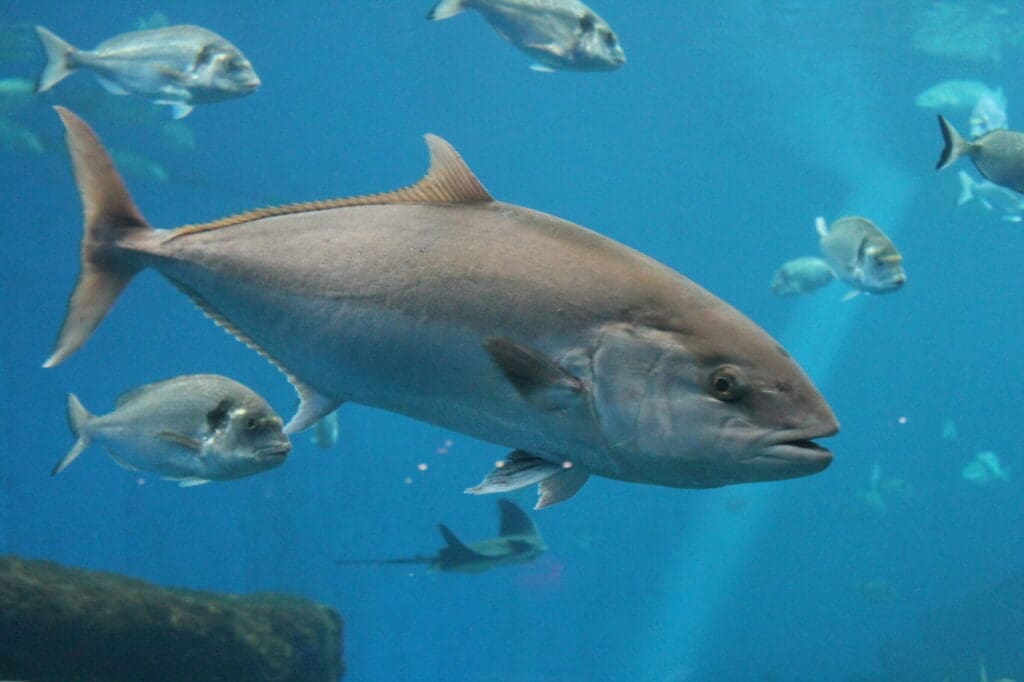
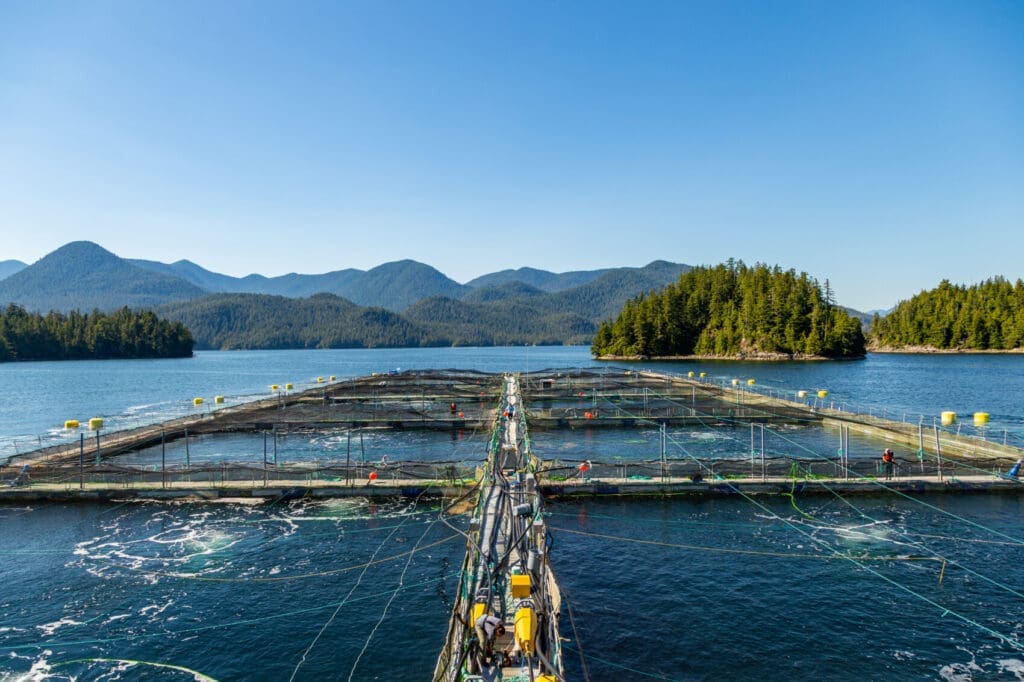
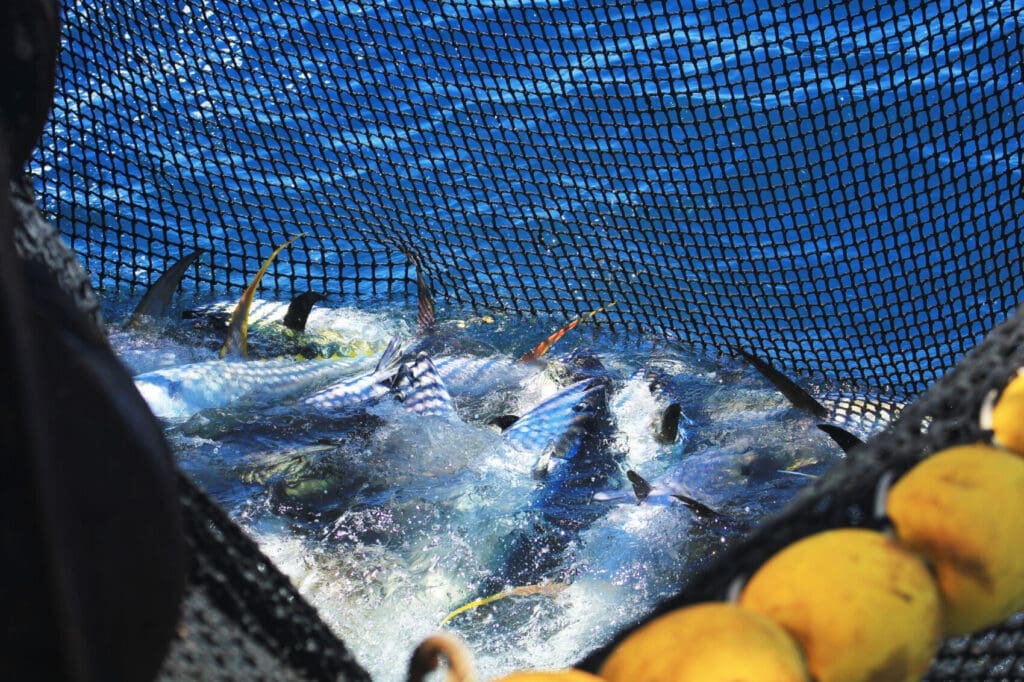
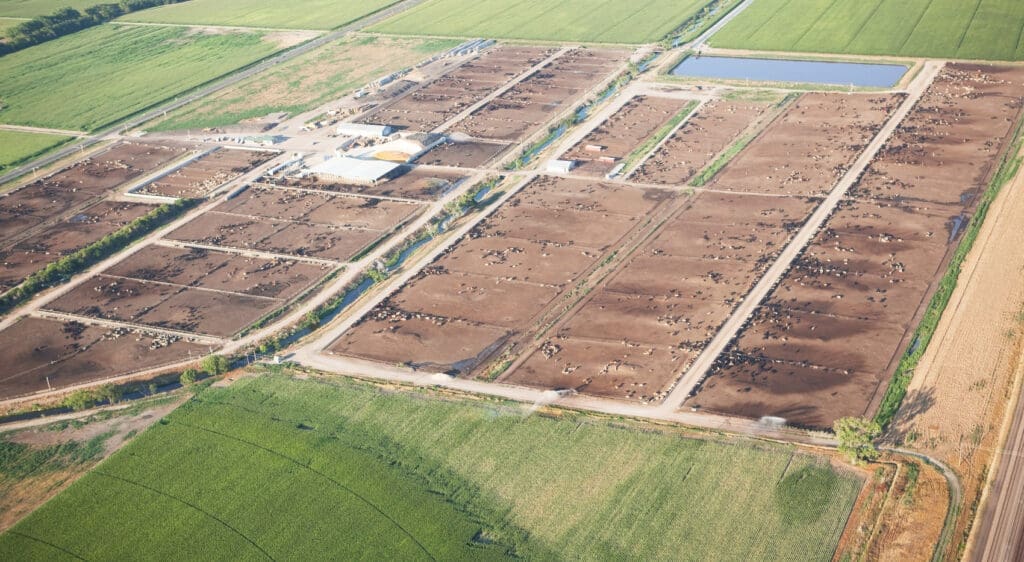
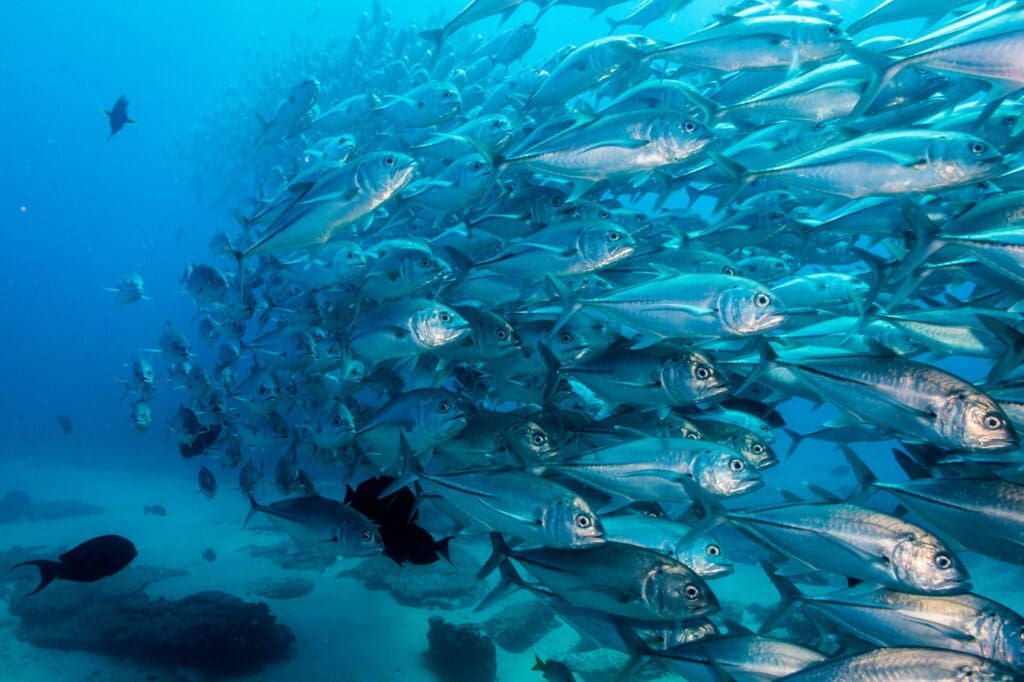

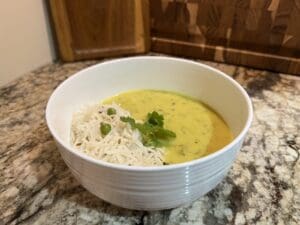



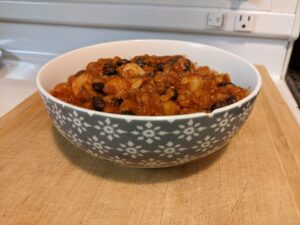


Leave a Reply